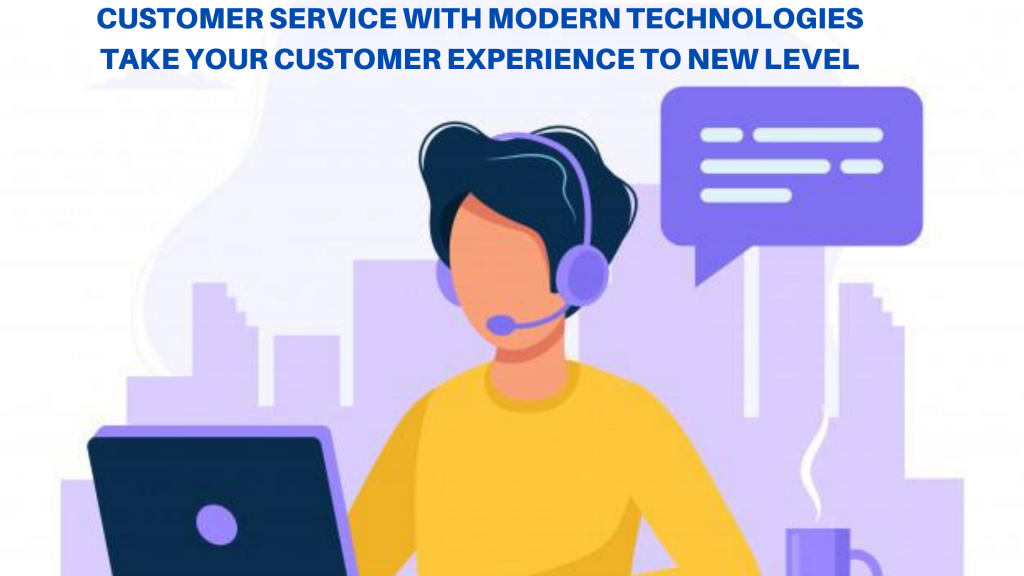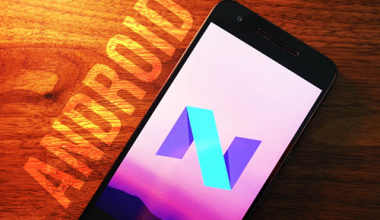
Digital technologies have transformed consumer habits by allowing them to get what they want almost at the moment they need it. Research shows, that initially customers often rate an organization based on its digital customer experience.
Moreover, digital transformation not only offers an organization an opportunity to understand its customers but also the ways of engaging with them and delivering on their expectations.
Traditionally, companies were deploying their communication channels in silos, which is why agents were lacking the knowledge of customers’ prior digital interactions and were failing to understand the customer’s prior actions on their website before they address the customer’s queries.
This resulted in the customer’s frustration as they have to keep repeating the information that is already communicated. This issue could be well-addressed by multi-channel digital customer experience.
Different Types of Methodology in Customer Care
- OmniChannel Digital Experience
Any company which deploys multiple customer channels to provide better customer experience leads in the digital ecosystem. Hence basis your audience you should step up to chart the customer’s journey through various channels like web, phone, emails, and social media to identify their preferences and provide support on all channels
- Social Media
Social media has empowered the customers, the consumers prefer to trust their peer’s opinions on your products and services, so equipping your customer service team with a consistent and effective response plan could be your winning strategy. Offering support on Twitter, Facebook, and other social channels has become standard in recent times
- Chatbots and Self-service
Digital chatbots are the most demanding applications that can fulfill and play the role of customer service whether you wish to opt for a completely automated AI-based Chatbot or Semi-automated service with human intervention. With the use of Machine learning the chatbots can be trained to handle complex queries and also drive a visitor to perform specific actions
- Chat and Co-Browsing
Co-browsing allows the customer support agent to collaborate with the customer’s browser in real-time. This helps an agent view the issue and navigate over the customer’s screen to guide the non-technical customers through the complex processes.
For enhanced visibility, one can display such options next to contact details. Alternatively, one can change the script of a voice agent to help customers discover the digital engagement options available.
- Digital Voice
This feature will engage your customers via digital voice from your web or mobile application. One can allow its customers to select a time that is convenient for them to receive a callback and reach them at their convenience.
- Interactive Voice Response (IVR) and Chat
While customers queue up for an interactive voice response (IVR), one can offer them a link to start a chat by sending an SMS, clicking on the link can initiate a chat with the agent, and the gap can be minimized by forwarding the IVR data to chat agent, which will allow the customer to restart the conversation where they left it.
- Blend Digital and Physical World
When digital experience is blended with the physical world, it creates impactful results. Let’s take an example of QR codes, the company can attach a QR code to its products, and develop an application to allow its customers to scan such code, which can further help customers to understand the maintenance schedule and other aspects of the product.
This will not only help in providing quality customer service but also enhance customer satisfaction and reduce the strain on the customer service workforce.
Sounds good, isn’t it? We are here to make it true. If you are looking forward to digitizing your customer service, we would be happy to assist you in developing applications like chatbots, AI-guided self-service, Product maintenance, Virtual assistants, and much more that will empower your customers and drive business for you.













